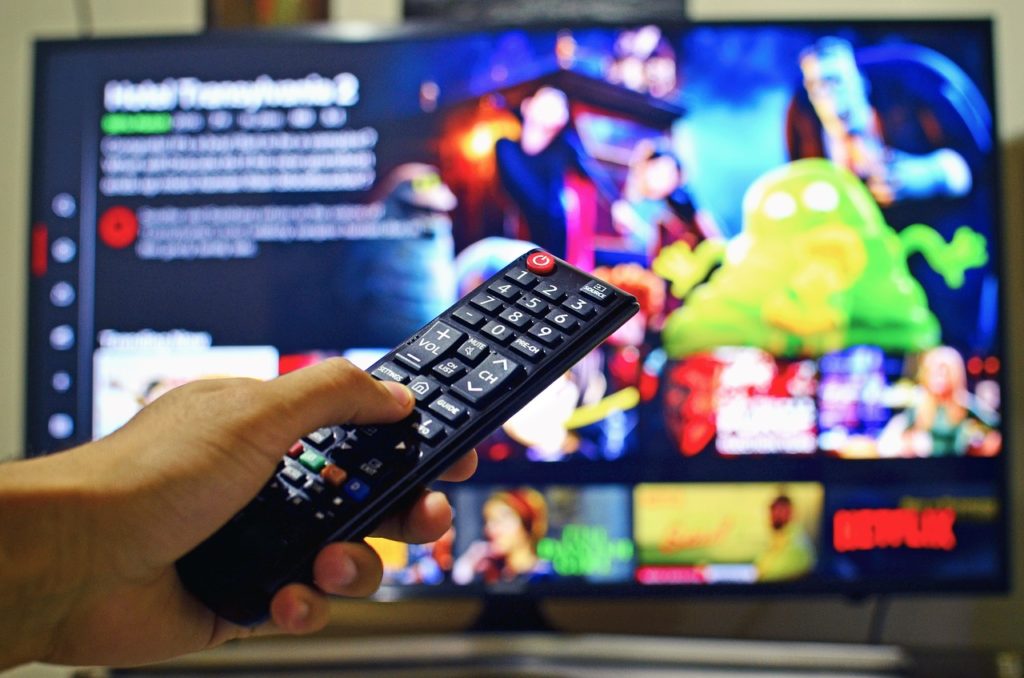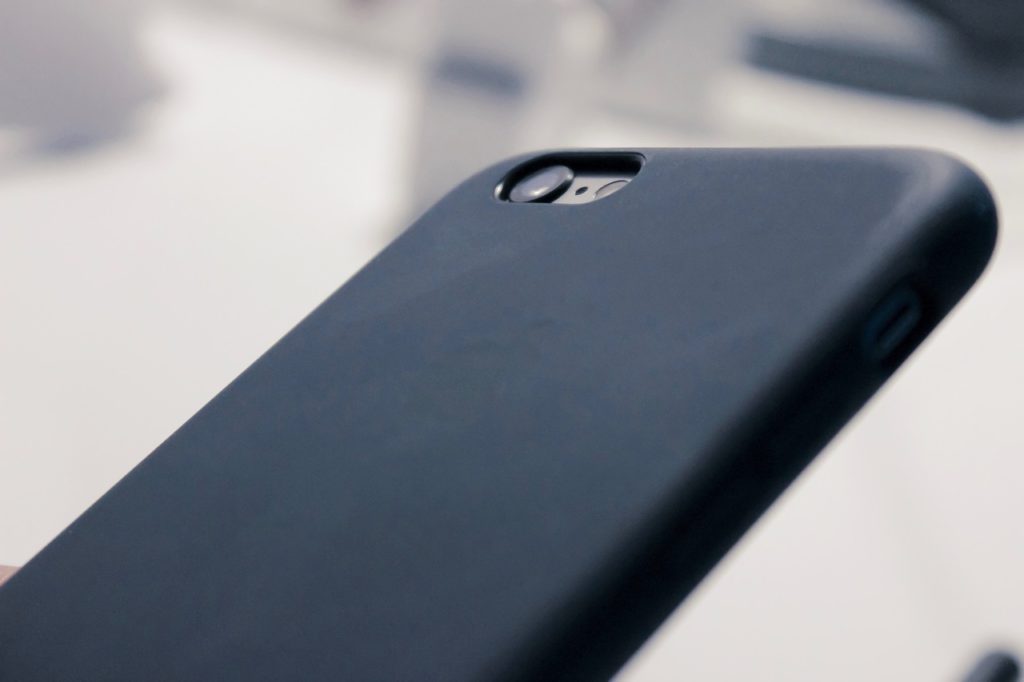Did you know that Siri, the first modern voice-activated digital assistant, didn’t make its debut until 2011? Voice assistants have advanced so rapidly and are having such a profound effect on our digital behavior that it’s sometimes hard to believe that this technology been around for less than a decade. And if you think voice assistants are popular now, it’s nothing compared to the heavy usage experts predict we’ll be seeing in the future. Read on for a closer look at where this amazing technology is going, plus other fascinating facts you might not know about our use of voice assistants.
1. The use of voice assistants will triple in the next few years.
In 2018 the UK-based research analysis firm Juniper Research estimated that the number of digital voice assistants in use would more than triple over a five-year period, from 2.5 billion (as of 2018), to a remarkable 8 billion. The majority of these assistants will be smartphone-based (with the most popular examples being Siri for iOS users and Google Assistant for Android users), but devices such as home pods and smart speakers are accounting for an increasingly large share of the market. However, according to Juniper, the fastest-growing category for voice assistants between now and 2023 will actually be smart TVs.

2. Younger consumers aren’t the heaviest users of voice assistants.
Digital voice assistants might seem like the type of technology that would be most popular with younger users, but the reality is a little more complicated.
According to a 2018 survey from PwC, although the youngest age bracket of consumers (ages 18-24) are adopting voice technology at a faster rate than older consumers, it’s actually people in the mid-range age category who use voice assistants more often. In fact, 65 percent of consumers between the ages of 25 and 49 reported using their voice assistants at least once a day, compared with 59 percent of 18-24-year olds, and 57 percent of consumers over the age of 50.
3. Voice assistants are still used most often for basic tasks.
The functionality of voice assistants has advanced significantly over the last few years, but despite these increased capabilities, most consumers are still using their assistants to complete relatively basic tasks. As reported by PwC, some of the most popular current uses for voice assistants include conducting a voice search (that is, using a voice assistant to search for something rather than typing it into a search engine); asking a quick question; checking weather or news; and playing music. Relatively few consumers use their voice assistants for more advanced tasks such as making purchases or orders or controlling other smart devices around the home.
4. Trust is still a barrier when it comes to the use of voice assistants.
One of the biggest reasons why many consumers are not taking advantage of their voice assistants’ capabilities as much as they could be stems from a lingering lack of trust in the technology, particularly when it comes to situations involving money (such as shopping or getting a refund on a previous purchase). Concerns reported by consumers surveyed by PwC included uncertainty about whether their voice assistant could correctly interpret and process an order, unease about the possibility that other people (such as family or other household members) could make voice assistant purchases with a pre-authorized credit card, and a general lack of comfort with the idea of sending payments through a voice assistant.

5. Satisfaction with voice assistants depends on which device they’re used on.
Overall, digital voice assistants have an amazingly high satisfaction rate: 93 percent of consumers note that they are satisfied or very satisfied with their assistants. However, it’s worth noting how those figures change depending on which device a voice assistant is being used on.
Interestingly, voice assistants used on smartphones have the lowest satisfaction rate of all, with only 38 percent of consumers describing themselves as very satisfied, and many other users rating the smartphone voice assistant’s understanding, reliability, and accuracy much less favorably than those of a standalone speaker. An important factor at work here concerns the maturity of the technology: most standalone speakers are no more than a year or two old and employ the latest iterations of voice assistant technology, while many smartphones are still relying on older versions.
6. Digital voice assistants could lead to the decline of mobile apps.
Many experts believe that the growing popularity of digital voice assistants will have a negative impact on the global mobile app market. That is, as multi-platform assistants become ever more sophisticated, they will gradually be able to take over many of the tasks and interactions that were once outsourced to standalone apps. While this might not be great news for app developers, it could be good news for consumers in that it may lead to the positive side effect of reducing our screen time.

